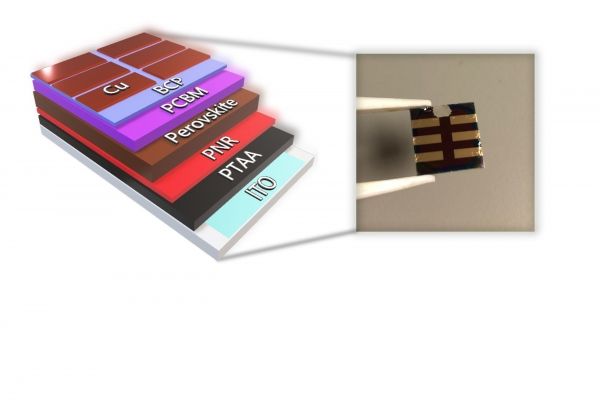Phosphorene nanoribbons (PNRs) are ribbon-like strands of the 2D material phosphorous, which, similar to graphene, are made of single-atom-thick layers of atoms. PNRs were first produced in 2019, and hundreds of theoretical studies have predicted how their properties could enhance all kinds of devices, including batteries, biomedical sensors, and quantum computers.
However, none of these predicted exciting properties have so far been demonstrated in actual devices. Now, for the first time, a team led by Imperial College London and University College London researchers has used PNRs to significantly improve the efficiency of a device – a new kind of solar cell – demonstrating that the ‘wonder material’ may indeed live up to its hype.
The details are published today in the Journal of the American Chemical Society.
Continue reading at Imperial College London
Image via Imperial College London


